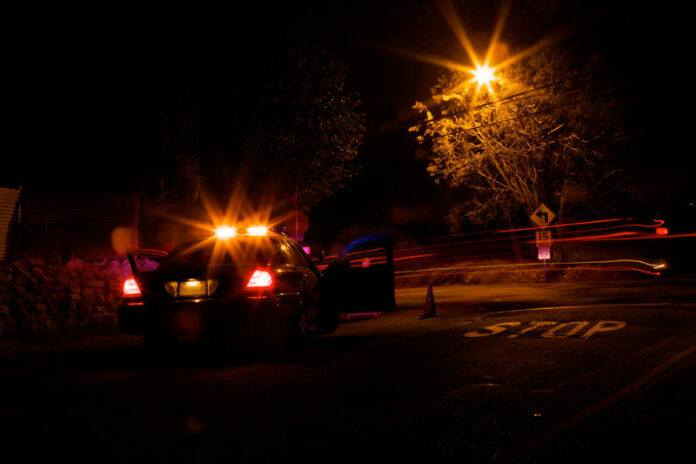Public safety and policing in Windsor and Sonoma County will be a topic we must wrestle with. The need to delineate specific defining features of our local policing policy is now a concern of significant proportions. I would like to comment for the record to our town leaders specific elements where there are limited, yet real, linkages between perceptions and legitimate concerns for when they take this issue up.
First and foremost, I want to go on record and say I believe our police department is sincere in its stated goal to “serve and protect.” I also believe that we do not have a problem with excessive use of force in Windsor, with a clear-eyed recognition that it is due in large part to our racial mix and degree of affluence, and knowledge that it can become undone in a fraction of a second.
I believe there are biases overt and subconscious that we all need to work on and for which our police officers should be given special training. Finally, I want to acknowledge the efforts of the community of Windsor to move past many of the biases of the past and more importantly to wean our children from them and teaching them differently.
Having said that I still believe we can do better in several areas of our policing and public safety policy.
Transparency and contract effectiveness
The only public data on what our police department does on a day-to-day basis is in the “police blotter” in the Windsor Times. That reporting paints a picture of “lack of engagement” to put it mildly. Three consecutive Windsor police chiefs have told me that this is incomplete and does not represent what their team does on any given day. Improving the reporting that is given to the Windsor Times would be a win – win. There should not be a space issue.
We need to get to a point where the chief and the public can have faith in — and are proud of — what the police are doing. In addition, our contract with the Sonoma County Sheriff’s department has been successful. I submit that that it would be even more successful if there were well publicized metrics and a quarterly report.
Editor’s note: All Sonoma County Sheriff’s department data, including Windsor’s, is loaded to their website daily, and it is from those reports that we compile our police logs. We do not list every call, in order to keep consistency with other police departments and our other newspapers.
Clear policy
I believe we owe it to the police and to the citizens of Windsor to clarify key elements of public safety policy. Some examples might be:
What is speeding in Windsor? Is it per the Association of Police Chiefs 10% plus two miles per hour to allow for speedometer variances and momentary distractions? Or is it 10 MPH over? Or “keeping up with traffic?” Or the 85th percentile? Or is the speed limit whatever an individual officer thinks it should be on any given day? It certainly is not “as posted.” When should I get a ticket and when are the mayor and town officials satisfied with the performance of our police force to curb speeding, is it a secret?
For cyclists, are stop signs yield signs and are stop lights only for cars, since I can use the crosswalk? Should I take the lane when the “sharrows” say I should or pretend there is bike lane? I can and should ride on the sidewalk if I think it is safer? Cyclists have the right of way over cars and pedestrians alike? Riding against traffic is legal and safer, or at the rider’s discretion? How can we say we want to be a “bike friendly town” when it is not clear to drivers or cyclists what that means?
Are there really noise ordinances in Windsor? Even if you want to give the police full discretion, we owe them some guidance. Loud music is allowed until 10 p.m. or is it midnight? No “straight pipes” must be a bad law that no one needs to follow because our police just ignore them?
Perception of judge and jury
The percentage of “reprimand and release” for traffic stops gives the perception that police officers have sweeping power to “administer justice.” I can say that this perception is a problem in that some will say it is proof of phony/harassing/intimidation stops and others will say it is a sign of accepting “favors,” while still others will point to a culture of “the rules don’t apply to me because of who I am or who I know.” There are many instances where police officers should have wide latitude but more often than not it should be an official warning or just a simple statement of “tell it to the judge.”
Technology
Our town does not seem to use the technology it does have to calm traffic. With little extra effort the data in our feedback signs could be used to optimize officer effectiveness. If we are serious about cutting costs or ever want to transition some tasks out of the police department, then speeding, red-light and stop signs should be high on the list. We don’t need to be Big Brother; we do need to be smart. Ample warning and reasonable thresholds create a culture of compliance. Smaller investments and containing the problem now will avoid the need for crisis investment in the future.
Wally Krutz is a resident of Windsor.
76.8
F
Healdsburg
April 21, 2025









